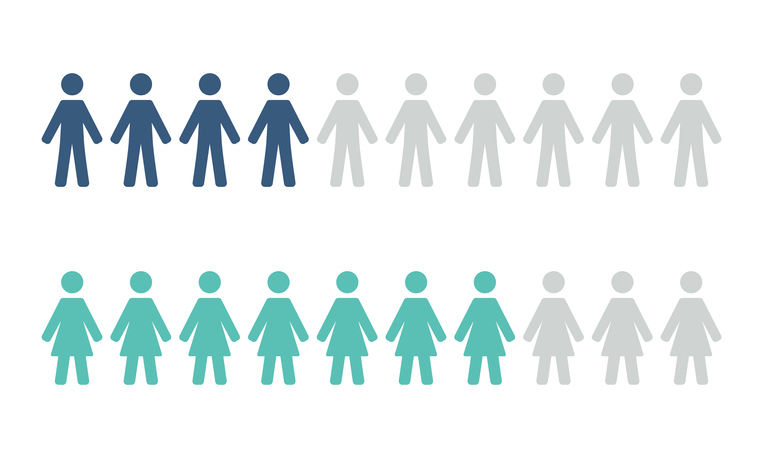
Patient Recruitment Reimagined: How AI is Key to Clinical Trial Acceleration
In an environment where speed, equity, and scientific rigor are all imperative, modernizing patient recruitment is no longer a future goal. It is a present necessity.

In an environment where speed, equity, and scientific rigor are all imperative, modernizing patient recruitment is no longer a future goal. It is a present necessity.

Recent FDA guidance aims to improve research inclusivity and the generalizability of clinical findings by ensuring diverse participant representation — it’s about better science, improved patient outcomes, and equitable healthcare access.

Modern trial designs, digital solutions and a deeper understanding of patient realities are helping to open research to more people, including women and others who have historically been underrepresented.

Here are three key trends that pharma leaders and clinical operations teams should monitor this year, along with a checklist of strategic priorities to stay ahead.

Participant payment options should include a variety of stipend and micropayment methods to meet participant preferences. Increasing the diversity of payment methods with both banked and unbanked options enhances flexibility, catering to a diverse and international participant base with varying payout needs.

In the realm of inclusivity and equity, planning early and engaging key stakeholders throughout the process makes it possible to make these changes while also safeguarding participants. How can researchers put clinical trial equity into practice?

Underrepresentation of racial and ethnic groups and other historically disenfranchised populations in clinical trials continues to be a major challenge. Medical Affairs can help identify solutions.

We must look both “upstream” – at advocating for change on an institutional level – and “downstream” – at what we can do as individuals to help women secure the care they need.

Certain features, commonplace on most e-commerce platforms, can help transform clinical trial search databases.

Without taking specific steps to improve trial diversity, advances in inclusive treatments will continue at a snail’s pace.

By leveraging analytics to optimize the patient experience in clinical trials, patient attrition will decrease, improving clinical outcomes and research goals.

Atropos Health and Seqster joined forces to address historical diversity and inclusion challenges in clinical trials. The partnership seeks to enable the swift creation of turnkey patient registries that generate real world evidence from existing registries in under 48 hours.

It’s critical that we address these examples of institutionalized bias and racism in how we approach clinical trials for drugs and devices. While it’s a daunting task, the path forward is surprisingly clear, and AI can be instrumental in the next step of overcoming unconscious biases inherent in clinical trial processes.

Inato recently raised $20 million in Series A2 funding for its tech platform, which enables access to inclusive clinical trials. The two-way platform brings exposure to community-based providers who often are overlooked by Big Pharma for clinical trial sites by allowing providers to apply for clinical trials in which they're interested.

Wearable patient devices can provide healthcare organizations with more varied data, expand options for clinical trials, and make patients more active participants in their own care.